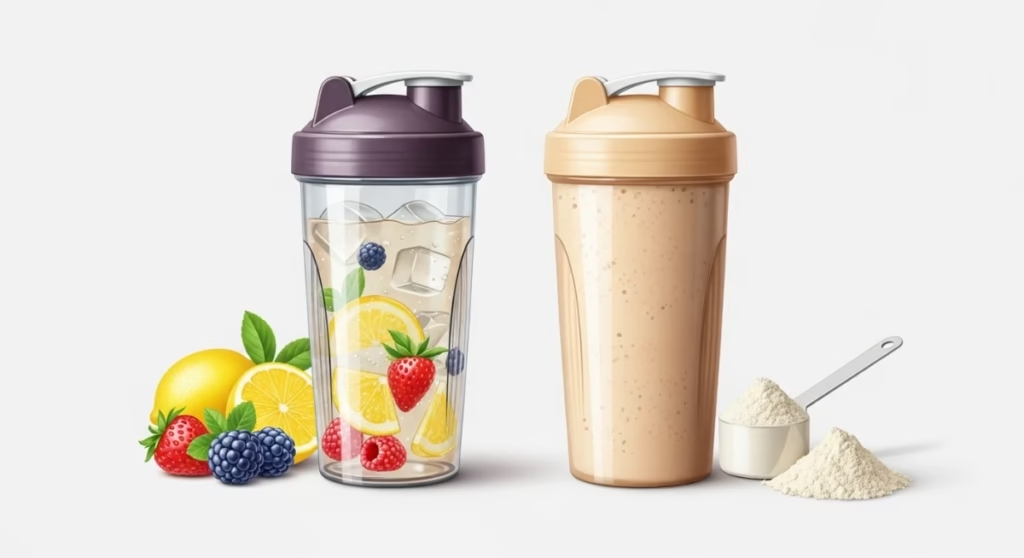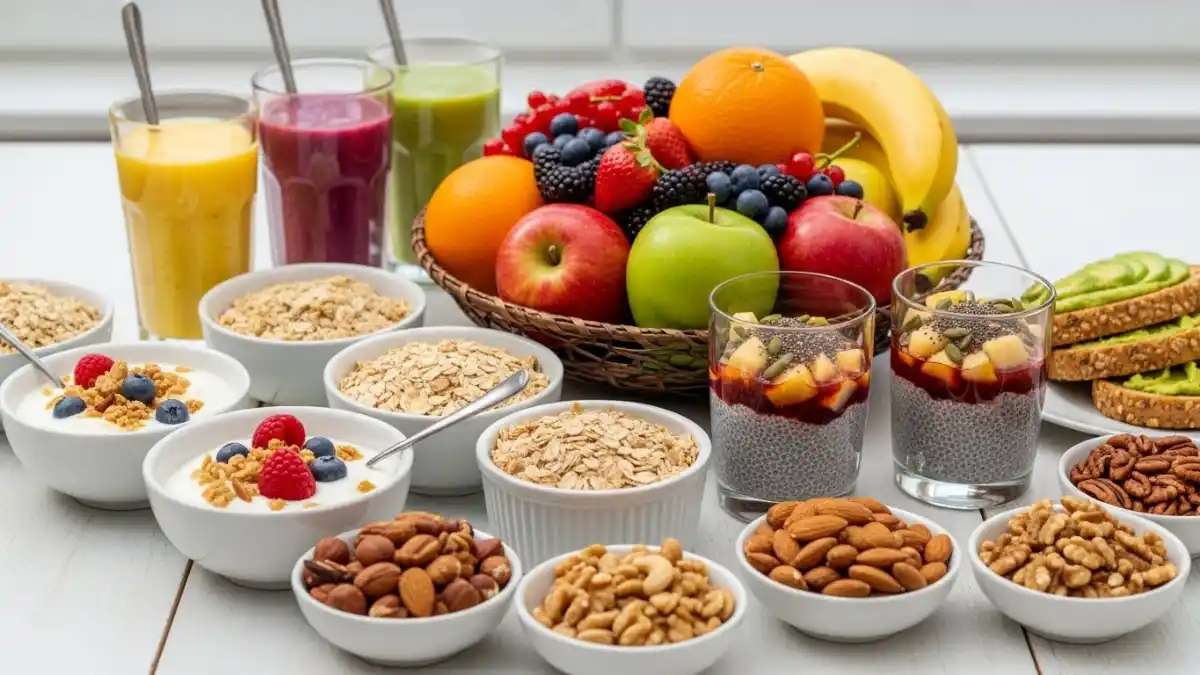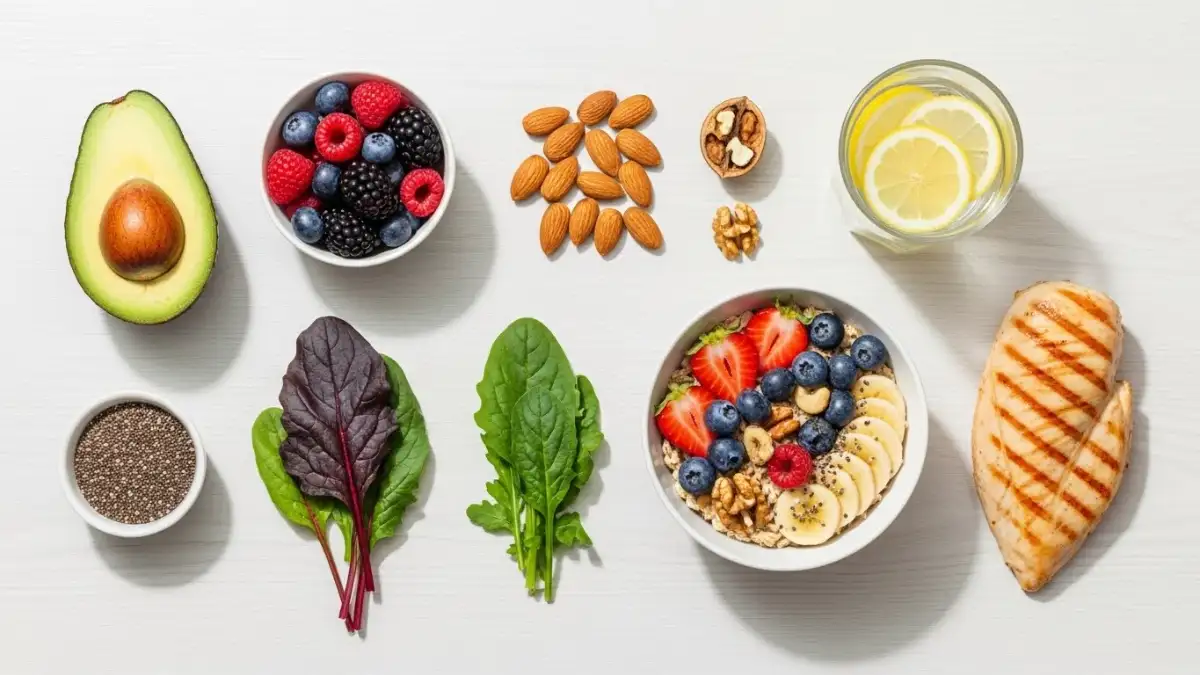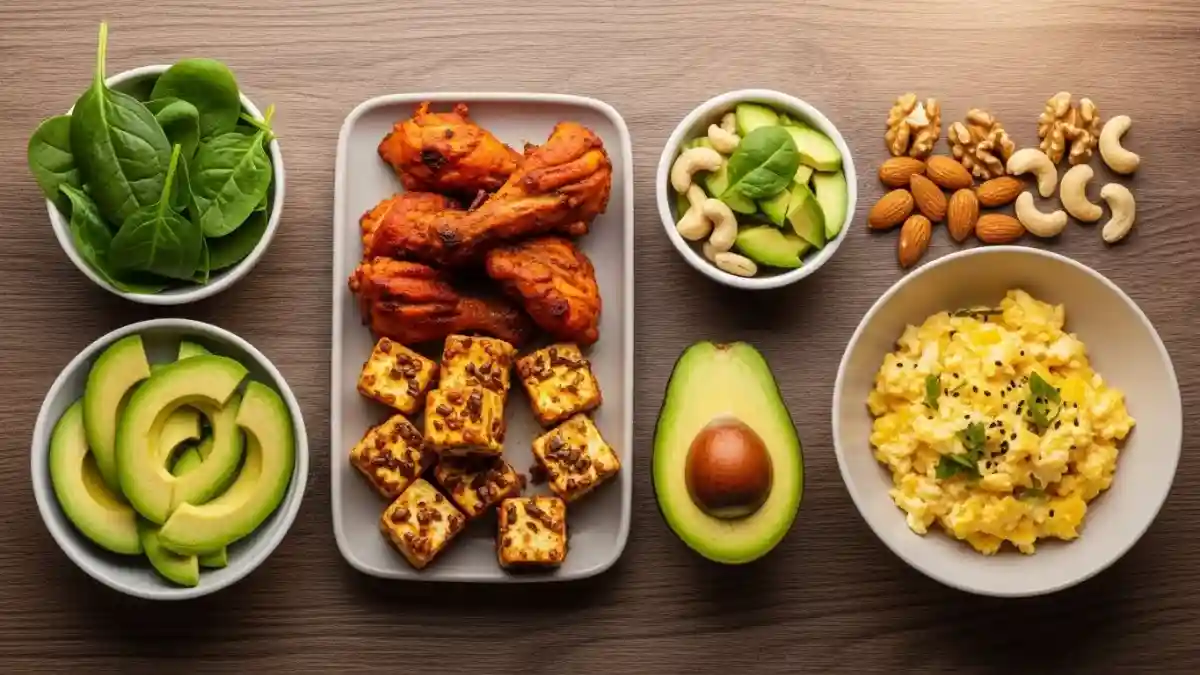Clear protein vs whey protein is a common question in today’s health and fitness world. With more people turning to protein supplements for recovery, muscle growth, and daily nutrition, understanding the differences between these two options can make choosing the right one easier.
In this guide, we’ll explore what makes clear protein unique, how it compares to whey protein, and which one may fit your lifestyle and fitness goals best.
Understanding Clear Protein
Clear protein is a newer type of protein powder that is derived from whey protein isolate but processed in a way that gives it a refreshing, juice-like texture. Instead of a thick, creamy shake, clear protein mixes into a drink that feels more like flavored water or sports beverages.
- Appearance: Transparent, not milky.
- Texture: Light, crisp, and hydrating.
- Flavors: Fruity choices such as lemon, peach, or berry.
- Digestibility: Often easier on the stomach due to lower lactose content.
This makes clear protein especially appealing to people who don’t enjoy traditional creamy protein shakes.
Understanding Whey Protein
Whey protein has been the gold standard in sports nutrition for decades. Derived from milk during cheese production, it provides a complete source of protein with all essential amino acids.
- Types of Whey Protein:
- Concentrate – contains protein, carbs, and fats.
- Isolate – higher protein content, lower in carbs and lactose.
- Hydrolysate – pre-digested, absorbed quickly.
- Texture & Flavor: Creamy, thick, and versatile in recipes.
- Usage: Popular in shakes, smoothies, and even baking.
Its versatility and affordability keep whey protein at the top of supplement choices.
Key Differences: Clear Protein vs Whey Protein
When comparing clear protein vs whey protein, here are the most important distinctions:
- Texture & Taste
- Clear protein tastes like juice or flavored water.
- Whey protein is creamy and milkshake-like.
- Digestibility
- Clear protein is usually gentler for people sensitive to lactose.
- Whey concentrate may cause bloating in some individuals.
- Calories & Nutrition
- Clear protein: lower calories, carbs, and fats.
- Whey protein: higher in calories but more filling.
- Versatility
- Clear protein is mainly for mixing with water.
- Whey protein can be used in smoothies, oats, or baked goods.
Benefits of Clear Protein
- Light and Refreshing: Great for people who dislike thick shakes.
- Hydrating: Works well as a post-workout drink.
- Low-Calorie: Supports weight management.
- Stomach-Friendly: Often lactose-free, reducing digestive discomfort.
Benefits of Whey Protein
- Muscle Growth: Rich in amino acids, ideal for recovery.
- Filling & Creamy: Helps curb hunger after workouts.
- Flexible Use: Works in both shakes and food recipes.
- Proven Research: Decades of studies back its effectiveness.
Which One Fits Your Goals Best?
- If you want a light, refreshing drink after workouts, choose clear protein.
- If you prefer a satisfying shake or meal replacement, whey protein is better.
- For muscle building, both are effective, as they provide complete proteins.
- If you struggle with lactose intolerance, clear protein (isolate-based) may be easier to digest.
Possible Drawbacks
- Clear Protein: Limited flavor range, more expensive, not ideal for recipes.
- Whey Protein: Can feel heavy, may cause bloating, less refreshing in hot weather.
Expert Tips for Using Protein Supplements
- Timing: Best taken within 30–60 minutes post-workout.
- Mixing: Use cold water for clear protein; blend whey with milk or smoothies.
- Daily Needs: Most active people need 1.2–2.0g protein per kg of body weight.
- Balance: Supplements should support—not replace—whole food nutrition.
Final Thoughts
When it comes to clear protein vs whey protein, there isn’t a one-size-fits-all answer. Both are excellent protein sources, but they serve slightly different needs.
- Clear protein is light, refreshing, and great for people who want a juice-like drink.
- Whey protein is creamy, versatile, and ideal for those who enjoy traditional shakes.
The best choice depends on your taste preference, digestion, and fitness goals. At the end of the day, consistency matters most—whichever protein you enjoy and can stick to is the one that will deliver results.
Read Also : How Much Protein Can Our Body Absorb?







